Very new to XCode here
Basically, we have an app dependent on the UIWebView. When there is a valid network connection, we load a mobile web page into the UIWebView, if there is no connection, we will load a local version of the html web page. My scenario has to do with the offline or limited network connection scenario. When this offline scenario does occur, I am able to load my local html file just fine using the answer from this thread:
Load resources from relative path using local html in uiwebview
My problem comes in when click on a simple html link (which is also within my local app directory) within the local html file that is loaded. I have tried these, but when I click the link, nothing occurs, the link does not take me anywhere and the simulator will only allow me to copy the text:
<a href="file:///Sample.html">
<a href="file://Sample.html">
<a href="Sample.html">
<a href="/Sample.html">
<a href="Testing/Sample.html">
The sample.html webpage is in the same directory as the initial loaded html page. Not sure where I am going wrong, obviously missing something simple.


